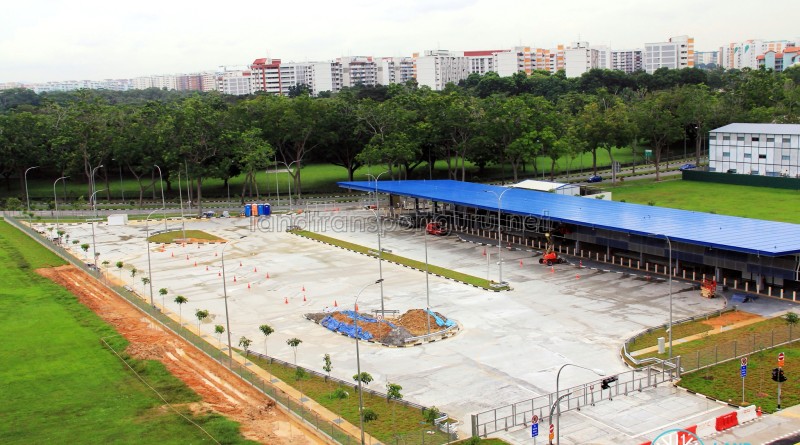Minister for Transport Khaw Boon Wan said that Singapore’s rail reliability is improving despite the fact there are still frequent disruptions to the train network.
This in response to Mr Azmoon Ahmad, Nominated Member of Parliament, who asked the Minister for Transport, what actions have been taken to improve Singapore’s MRT service disruption problems, whether there have been any benchmarks made with other rail service providers from other world class cities and, if so, where does Singapore stand, and how long more can it be expected for MRT services to be seen as on par with other world class cities in respect of frequency of disruptions.
Mr Khaw said that MRT trains now travel about 158,000 train-km between delays of more than five minutes which is better than the performance in 2015 of 133,000 train-km.
Singapore is still quite far off Hong Kong MTR’s performance of 360,000 train-km and Taipei Metro’s 800,000 train-km, and has set itself a target of 400,000 train-km by 2018 and 800,000 train-km by 2020 for its MRT lines.
Mr Khaw also said that the Ministry has a comprehensive plan to reach this higher standard together with the operators.
He said, first, they are improving the current maintenance regimes. The Land Transport Authority (LTA) has introduced new process-based Maintenance Performance Standards to address maintenance issues upstream before delays occur. LTA and the operators have increased their maintenance and engineering manpower and stepped up maintenance checks.
The second, he stated that with the transition of the industry to the New Rail Financing Framework, where the Government will own operating assets, they will be able to renew and replace all operating assets in a timely manner. Some of the renewal works for the North-South and East-West Lines have already begun. For example, the replacement of sleepers, the signalling system and the power rail would all have been completed by 2018.
The third is that they are expanding the rail network to enhance its resilience. Commuters will then have more alternative routes on the rail network to get to their destinations should there be a disruption on one of them.
Finally, he added that they are building up the expertise of Singapore’s rail engineers. LTA has set up various advisory panels comprising international and local experts to get advice, and to learn from their experiences and from international best practices. They are also setting up the Singapore Rail Academy to augment industry efforts in manpower development.
However, Mr Khaw did not respond on the question of how long more can it be expected for MRT services to be seen as on par with other world class cities in respect of frequency of disruptions.
As members of the public can see, disruptions have become something common lately. The Circle Line (CCL) had two major disruption during the past two months due to intermittent signalling fault which could not be traced.
On 4 October, there was a dislodged platform door at Sixth Avenue Downtown Line Station due to a loosen bolt.
A few disruptions also occurred on the East-West Line and South-West Line.







